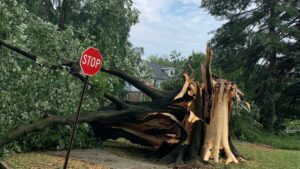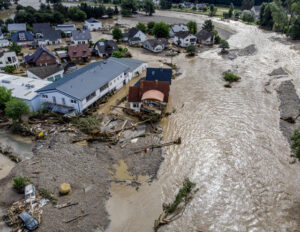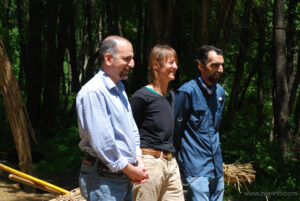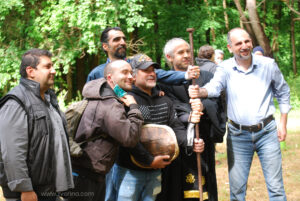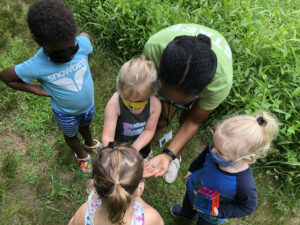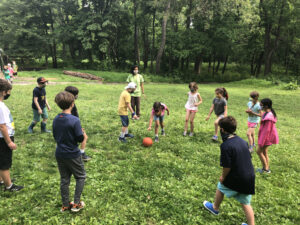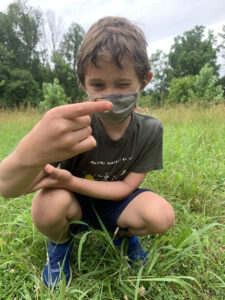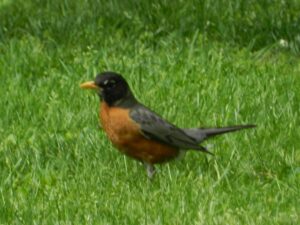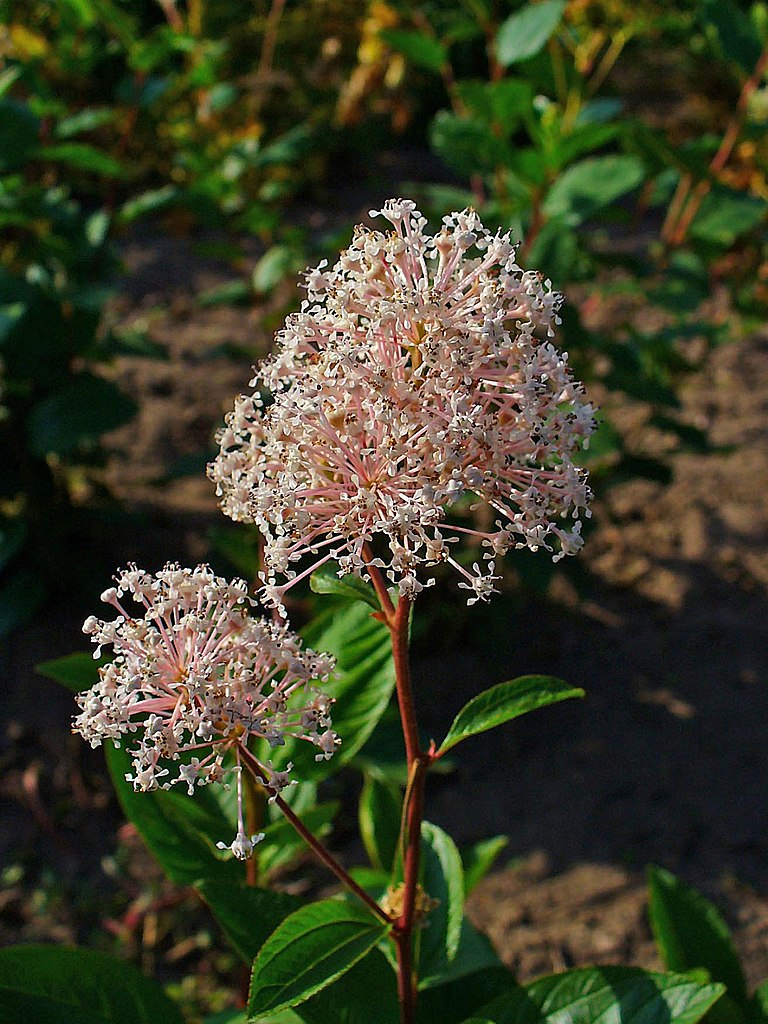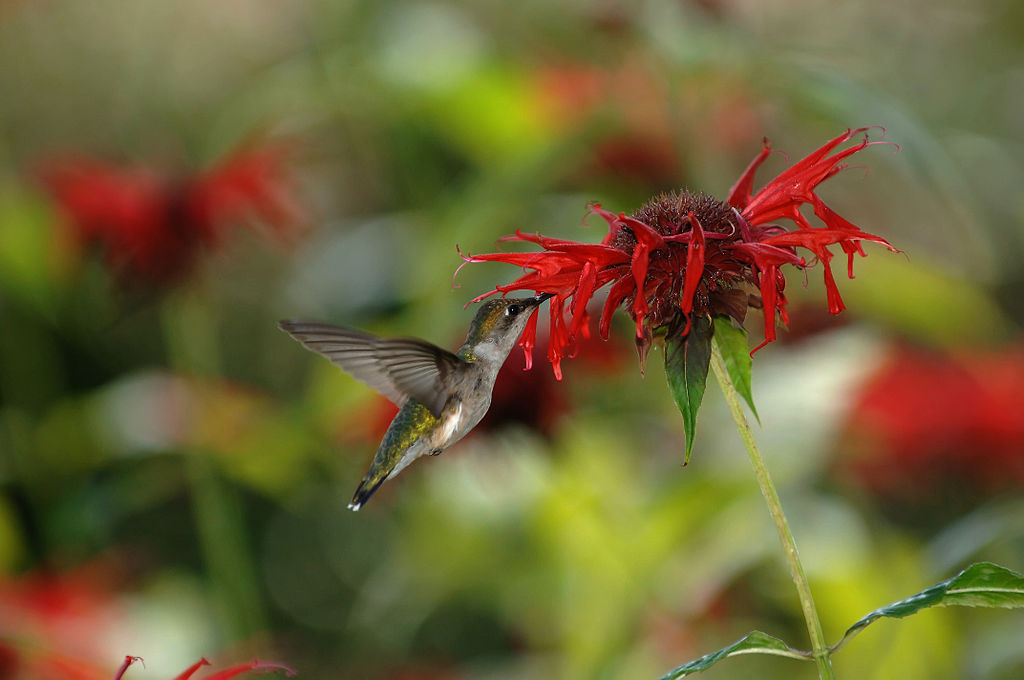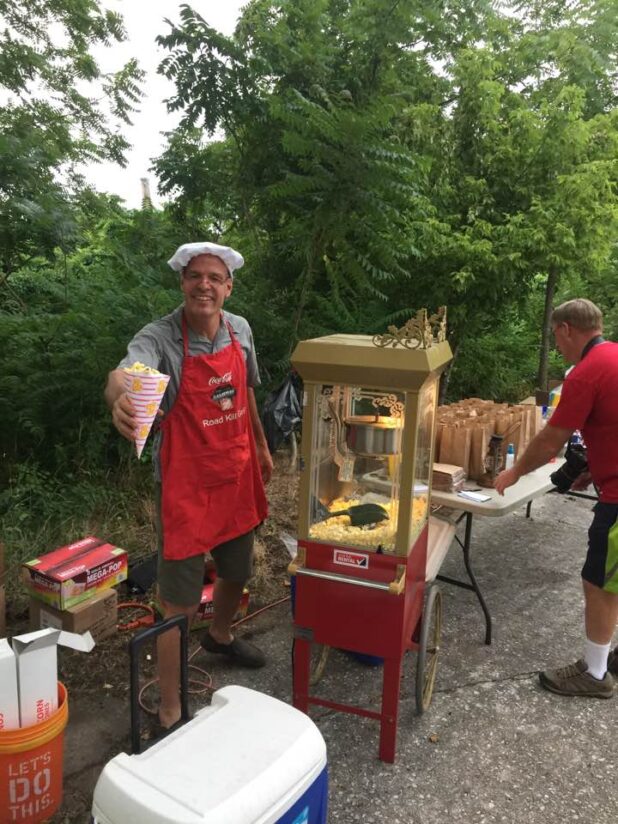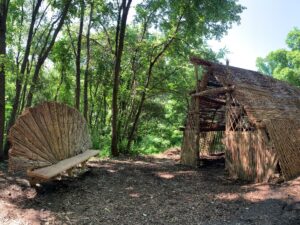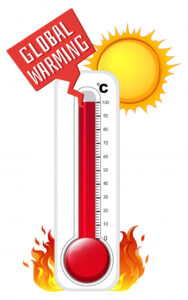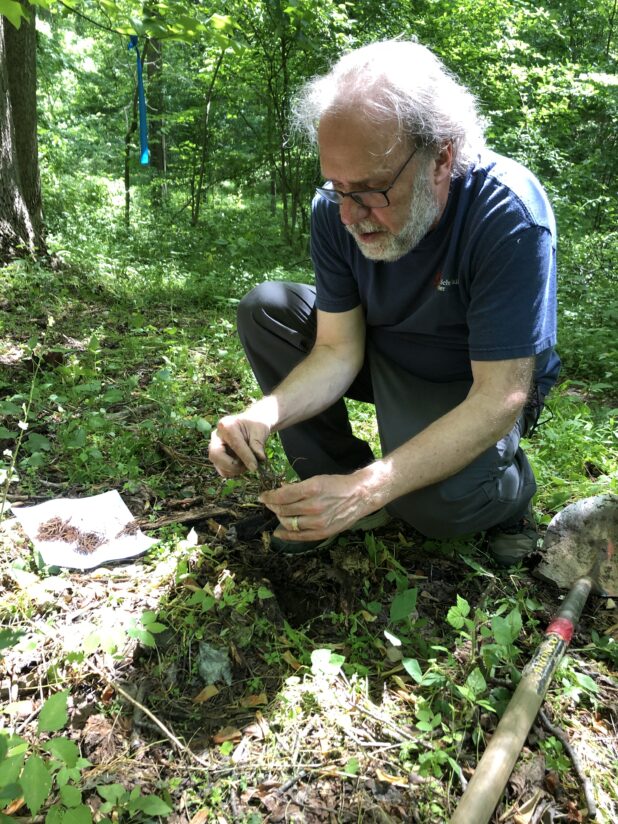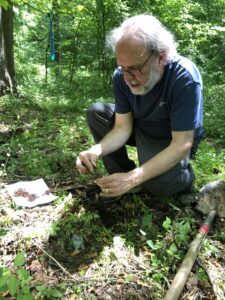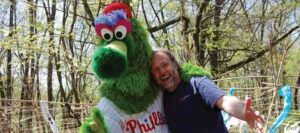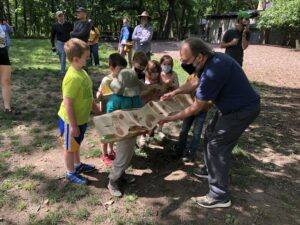
A robin that has passed away from the new mystery bird illness sweeping across the country. Photo courtesy of Tamarack Wildlife Center.
For bird enthusiasts, this spring had an ominous touch of COVID deja vu. Young birds were falling ill with alarming symptoms and dying– and no one knew the cause. Most commonly impacting starlings, blue jays, and grackles, the illness typically shows up with weeping, crusted-shut eyes and neurological symptoms. And like COVID, some birds are asymptomatic, or show a completely different suite of symptoms. It has also affected robins, cardinals, and others. It seems to strike mostly young birds, often fledglings who have recently left the nest, and the disease progression is rapid, leading to death in just days.
Starting out around DC, the illness spread quickly across the Mid-Atlantic, north into New Jersey and Pennsylvania, south into Florida, and as far west as Ohio. Wildlife rehabilitation clinics sounded the alarm, hoping to get out in front of the disease and mitigate its effects, even without fully understanding why or how it was happening.
One thing we do know, even without a year and a half of COVID-19 keeping us on our toes, was that social distancing was key. However the disease was spread, keeping birds from congregating in close quarters would surely slow it down. But how do you tell a blue jay to stay clear of its neighbors? You don’t need to speak blue jay– you just need to acknowledge the role humans play in encouraging wildlife to congregate in large numbers. In nature, most animals don’t like to be too close to their neighbors, especially during the breeding season when territorial feelings are high.
Wildlife clinics have dealt with outbreaks like this before, usually of known diseases like finch conjunctivitis, and the answer is always the same: take down those bird feeders!
While it may seem unkind to withhold food at a time of crisis, spring and summer are actually the best time to remove your feeders. Birds have plenty of natural, native food sources, and those with nestlings (even seed-eating birds) rely more heavily on wild insects than anything that can be placed in a feeder. In terms of disease prevention, bird feeders are contagion hotspots, as their hard non-porous surfaces allow pathogens to live longer and infect more birds. Competition around feeders also brings birds into much closer contact than they would naturally tolerate, creating yet another disease vector.
Whatever was causing the illness, if it was contagious at all, it would spread much more rapidly around bird feeders, and so they had to go. Environmental centers like the Schuylkill Center led the charge in removing feeders, and encouraged members of the community to follow suit. We also suspended our birdseed sales just to be safe. Even scatter-feeding birds can promote disease spread, as it still encourages close contact.
Luckily, by stewarding native plants and diverse natural ecosystems, environmental centers like ours provide lots of foraging opportunities, ensuring the birds won’t go hungry.
Where does that leave us as wildlife rehabilitators as we look towards the beginning of fall migration? Even though the disease seems to be waning in some areas, we still don’t know what caused it, nor what impact it might have in the fall. No definitive diagnosis has emerged, but researchers across the region are working on it, including the University of Pennsylvania’s Wildlife Futures Program.
Our Wildlife Clinic is prepared to handle whatever happens as the summer wears on. We hope that the mysterious illness will leave as suddenly as it appeared, but we may also see new outbreaks as birds begin to naturally congregate for fall migration. Migration is also very taxing on a bird’s body, leaving them more open to pathogens. On the plus side, as birds mature, so do their immune systems, giving them a better chance of fighting off illness.
In the meantime, it’s best to keep those feeders down, and keep an eye on our feathered neighbors. As with mask-wearing and social distancing, encouraging birds to keep their distance from one another can only help. Suspected cases can be reported to the UPenn Wildlife Futures Program, and birds who are sick but still living can be brought to your nearest wildlife rehabilitation center for care.
If you encounter a sick wild animal, whether or not it appears to have symptoms of a specific illness, it’s important to contact your local wildlife rehabilitator right away. We can provide guidance and information, and do everything we can to help animals brought in to us for care. We also play an important role in disease outbreaks like this, keeping tabs on disease spread on a local level and collaborating with researchers working on diagnoses.
By Chris Strub, Director of Wildlife Rehabilitation

